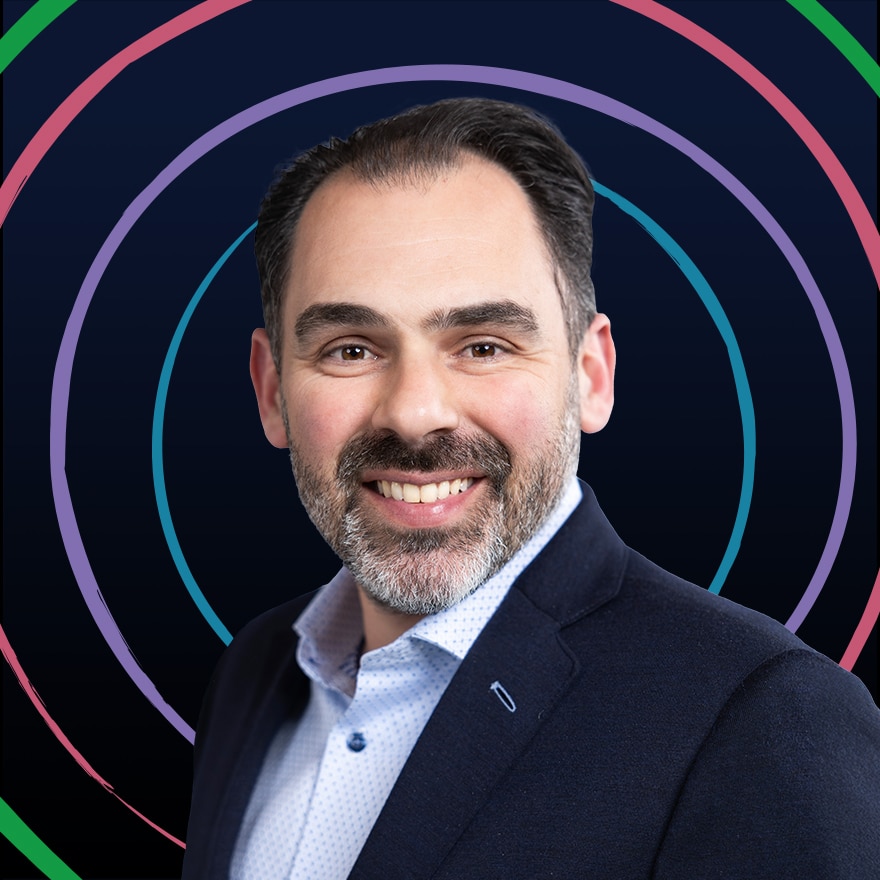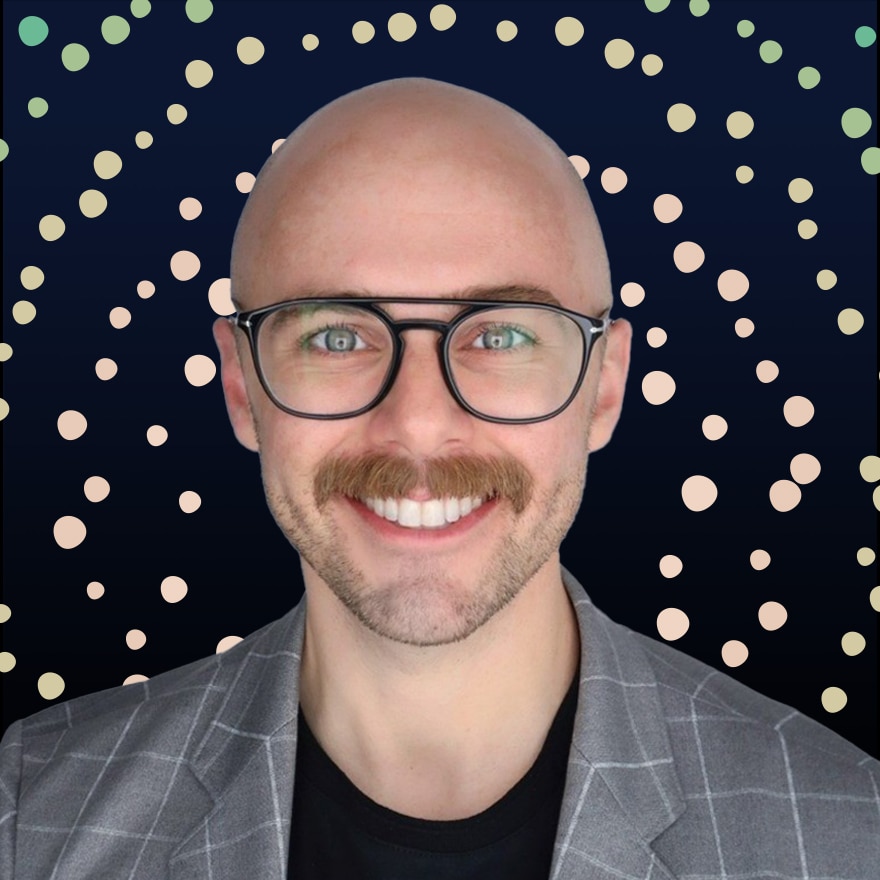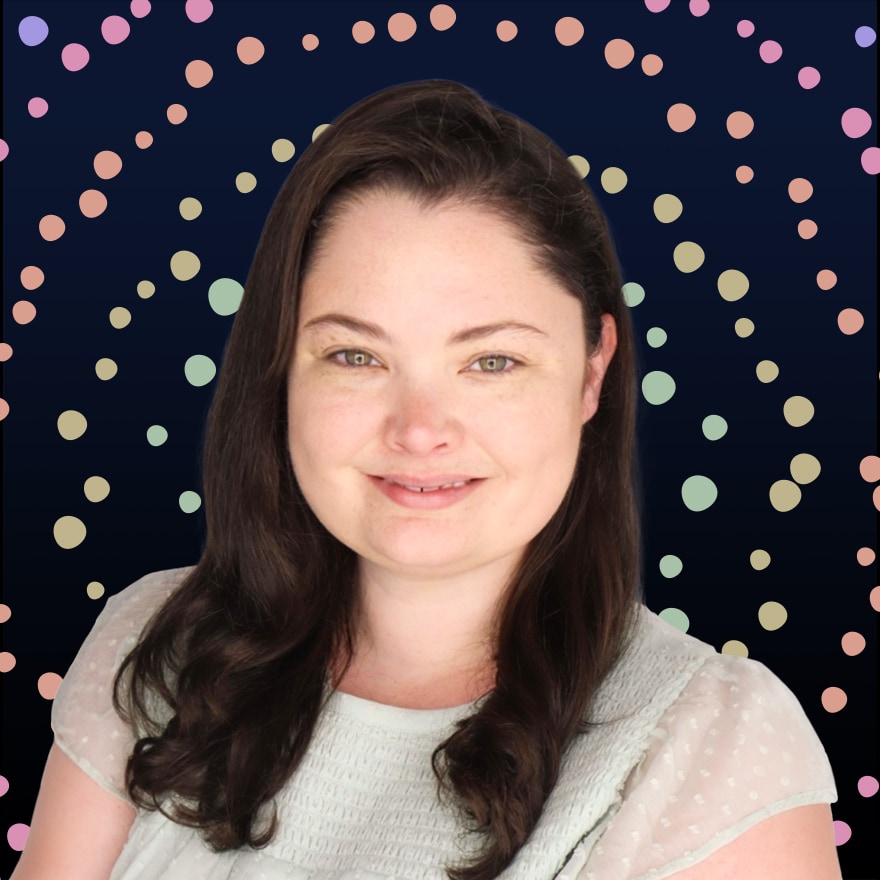Discover
your impact
Find your place at Deloitte
Our People
Get to know our professionals through their individual stories and see how they can be themselves here at Deloitte.

Meet ADAM
Turning tough talks into triumphs

Meet SYDNEY
Leading the way for young girls like her

Meet JAKE
Embracing change and leading with empathy

Meet EMILY
Feeling valued as an educator in an open-minded culture

Meet GEORGE
Supported in all my roles–including as a dad

Meet EMMA
Navigating work and family with empowering support









